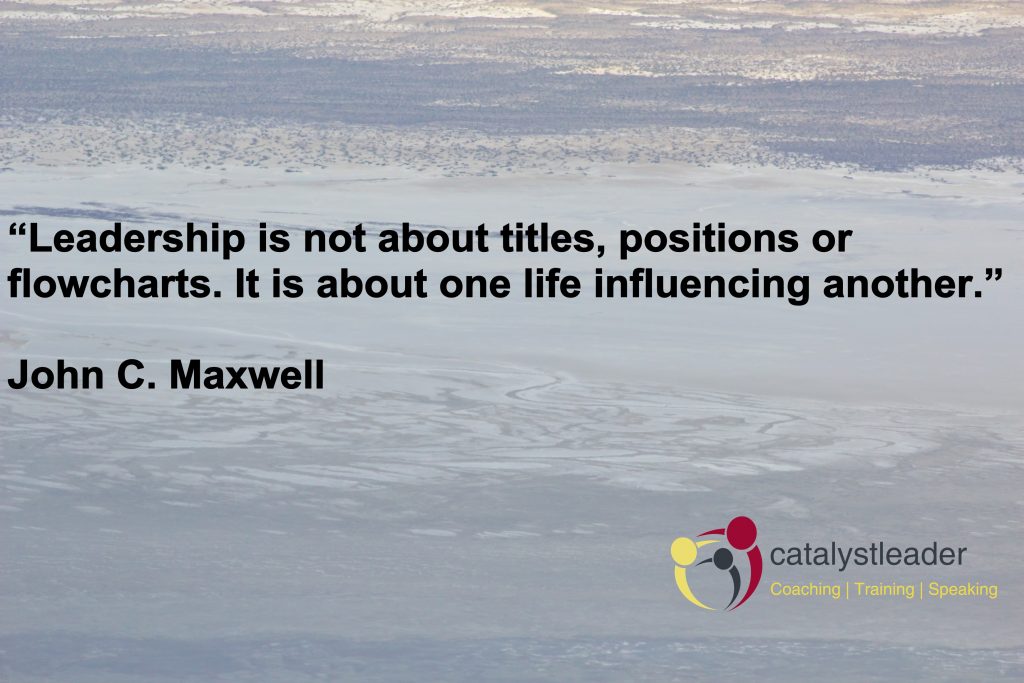As I am working each day in my business role, I am encouraged by the sense that our management team members are beginning to connect more and more to one another and have a shared vision.
As a result, I am seeing more and more teamwork and stronger relationships among the team. I think one reason this is happening because our management team members feel valued and appreciated. I celebrate that progress.
The next step will be to cascade that feeling of being valued to your team members as they interact with each other. How?
Ask yourself that question- HOW can YOU make others feel valued and appreciated? And HOW can you then teach them to do the same?
I promise you that your staffing and retention challenge will get smaller at the same pace that you improve in this area.
- Greet people when they come to work- do they know you are glad to see them?
- Thank people for the little things- and the big things.
- Smile at your team members- smile at your team members- smile at your team members……
- When you have to talk to someone about an issue, think about it, and develop your words to match the outcome you are working for. Know where you want to end up before you start the conversation.
- Make constructive critical conversations short but caring
- Include the idea that you value the person in EVERY conversation
- Make it okay to make mistakes and screw up- by the way you respond to the issue
- Choose to respond- not react
- Value people by treating them well- even when they mess up.

Last thing- remember that you were once significantly less capable than your are today- and how did you get to where you are? Someone invested in you!
We are all on our way somewhere and our choices and decisions will either help us get there- or slow us down…..










